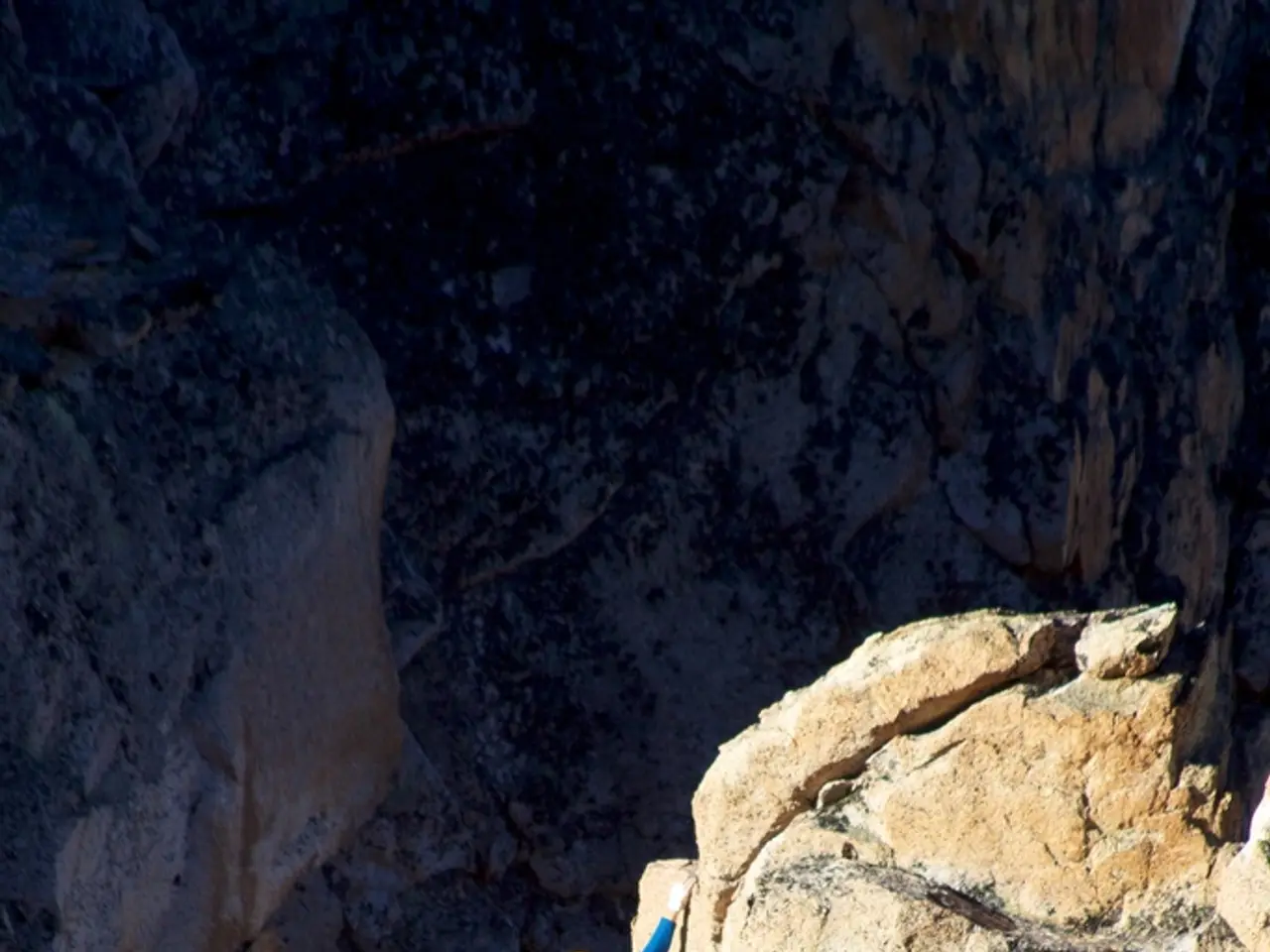The question poses the inquiry about when a mountain will transform into a burial site.
Mountain body retrieval, the recovery of deceased climbers or victims on mountains, varies significantly between different mountain ranges due to factors such as altitude, climate, terrain complexity, accessibility, and logistical challenges. This article explores key comparative factors in the Himalayas, Alps, and Bavarian Alps.
Altitude and Weather Conditions
The Himalayas and Karakoram, with their towering peaks above 7000 meters, present extreme challenges for body retrieval. Thin air, severe weather (high winds, avalanches, and sudden storms), and unpredictable conditions make the task arduous. In contrast, the Alps and Bavarian Alps, while still offering potential hazards due to snow and ice, are generally less extreme, making recoveries somewhat more manageable.
Terrain and Glaciation
The Karakoram and Himalayas, heavily glaciated and prone to crevasses and icefalls, can complicate recovery efforts. Bodies may be buried or transported by moving ice, delaying or preventing recovery. The Alps and Bavarian Alps, while glaciated, have less extensive ice masses and different geological formations, affecting access routes for recovery teams.
Accessibility and Infrastructure
The Alps and Bavarian Alps benefit from well-established infrastructure, including mountain huts, cable cars, mountain rescue organizations, and better road connectivity, enabling faster and more coordinated retrieval operations. The remote and rugged nature of the Himalayas and Karakoram, combined with political and logistical challenges, limit rescue capacity and delay retrievals.
Altitude Sickness and Health Risks to Retrieval Teams
High-altitude sickness and hypoxia at extreme elevations (Himalayas, Karakoram) reduce the time and capability of rescuers, whereas teams working in the Alps operate at more moderate altitudes with fewer physiological risks, aiding quicker recoveries.
Legal and Cultural Factors
Local regulations, permits, and cultural practices around death and recovery vary, influencing whether and how body retrievals are attempted, particularly in the Himalayas, where often bodies may be left due to danger to rescuers or religious considerations.
Environmental Impact and Leave No Trace Protocols
Organizations like RMI have developed protocols to reduce environmental harm during climbs and rescues, which influence retrieval methods differently depending on the mountain environment and local ecological sensitivity.
In summary, retrieval operations in the Himalayas and Karakoram are more logistically difficult, risky, and often limited by extreme altitude and weather, while the Alps and Bavarian Alps offer comparatively easier access, established rescue infrastructure, and moderate climates that facilitate more frequent and successful body retrievals.
The cost of transporting a body from Mount Everest can range from $100,000 to more, depending on the location of the deceased. Climate change makes planning for mountain searches difficult. Roughly half of the Everest deaths are believed to still be on the mountain - because they were not found or because their retrieval is simply impossible.
Leaving dead hikers or climbers on the mountain is not permitted in the Bavarian Alps due to burial and burial regulations. Around 90 deaths have been recorded on the second-highest peak, the 8,611-meter-high K2, in the border region between Pakistan and China since the 1930s. Searches for missing persons in the mountains are carried out at regular intervals if the person is not found in the initial phase.
Recent events, such as the death of the late former biathlete Laura Dahlmeier in a rockfall on July 28 while on an expedition to Laila Peak in the Karakorum range in Pakistan, underscore the inherent risks and challenges associated with mountain climbing. The exact number of people who have died trying to conquer Mount Everest is unknown, with estimates suggesting around 340 deaths between 1921 and 2024.
[1] RMI Expeditions. (n.d.). Leave No Trace. Retrieved from https://www.rmiguides.com/our-expeditions/mountaineering/leave-no-trace
[2] The Alpine Club. (n.d.). Mountain Rescue. Retrieved from https://www.alpineclub.org.uk/alpine-club/what-we-do/mountain-rescue
- When attempting mountain climbing in the Karakoram range, such as during Laura Dahlmeier's expedition on Laila Peak, one must be aware of the risks and challenges inherent in these extreme mountain environments.
- Compared to the Himalayas and Karakoram, retrieval operations in the Alps and Bavarian Alps, like the one conducted on the second-highest peak, K2, are relatively easier due to factors such as moderately accessible terrain, established rescue infrastructure, and less severe weather conditions.







